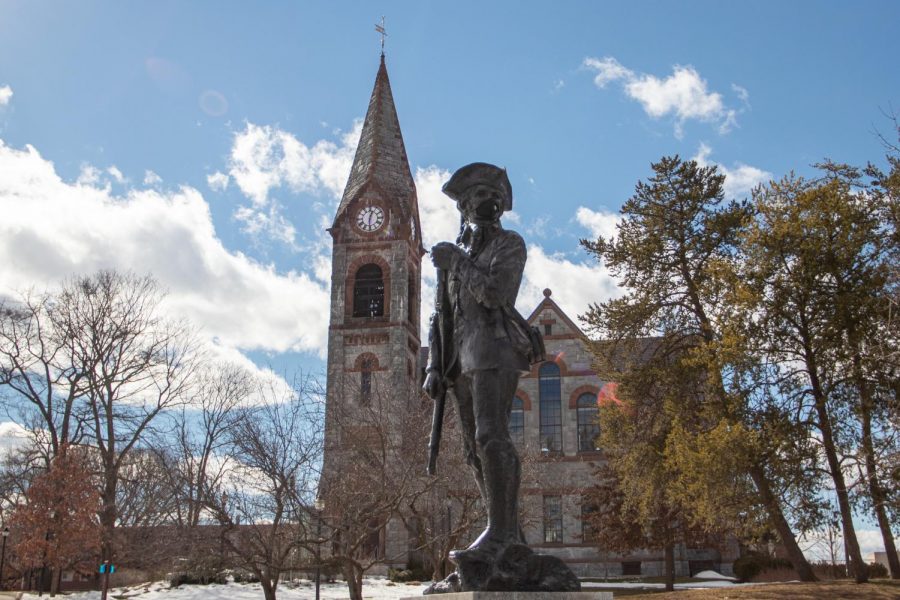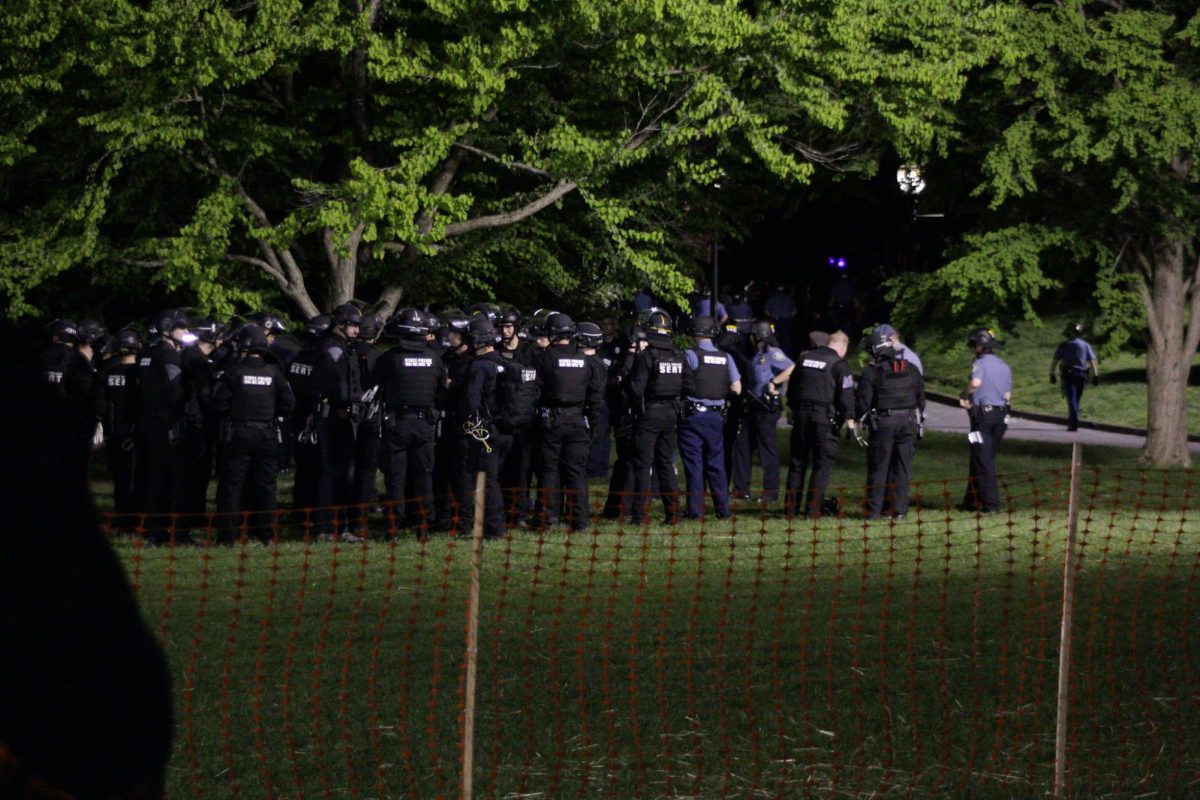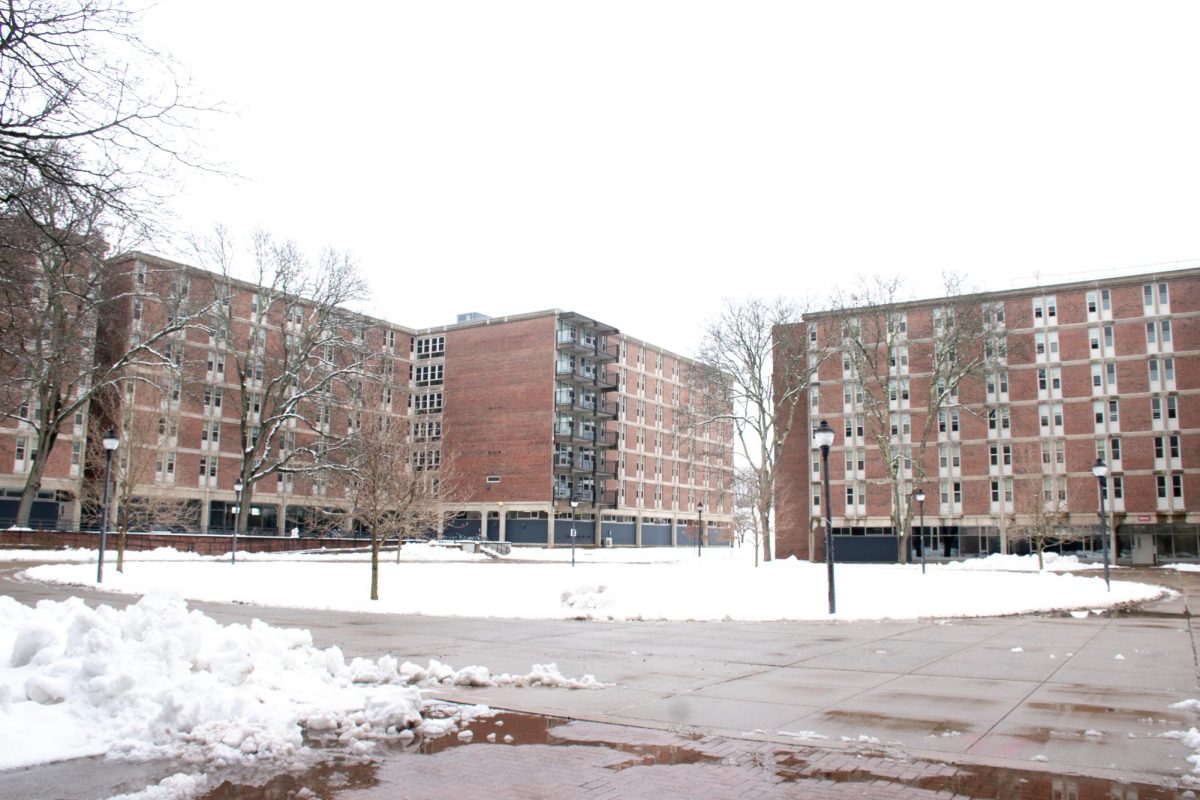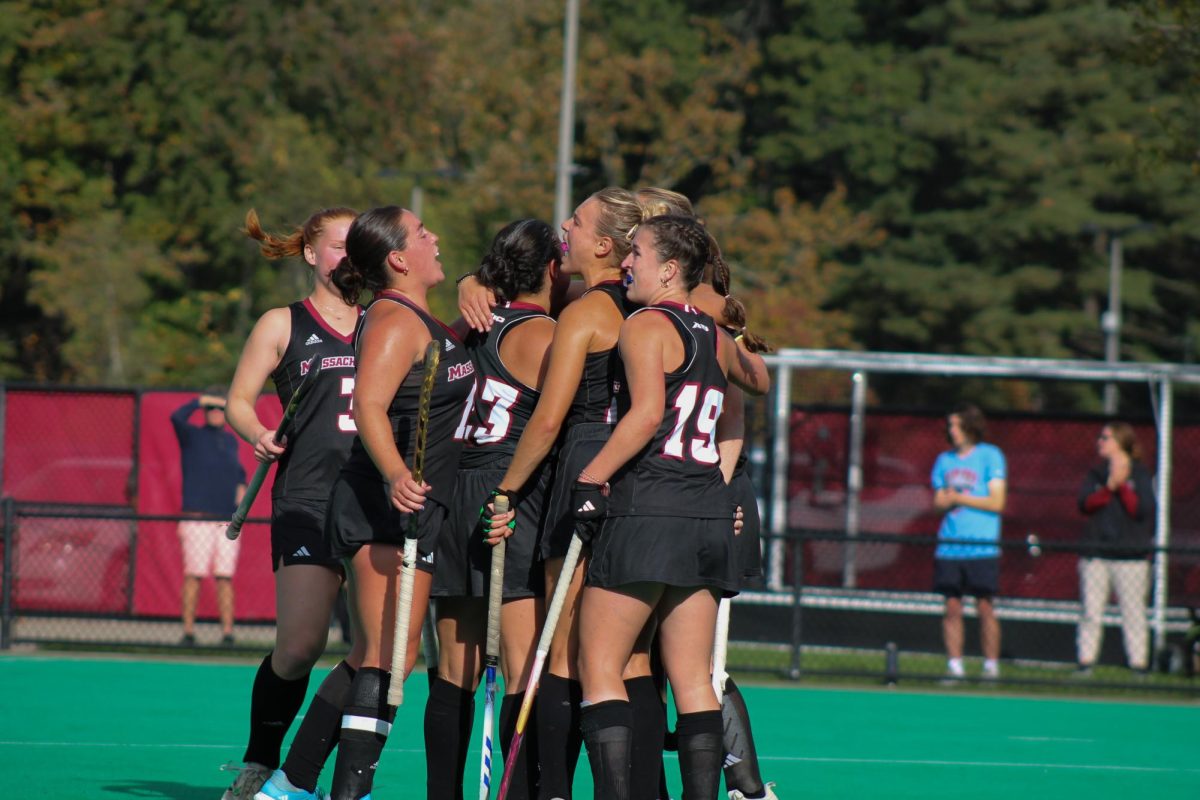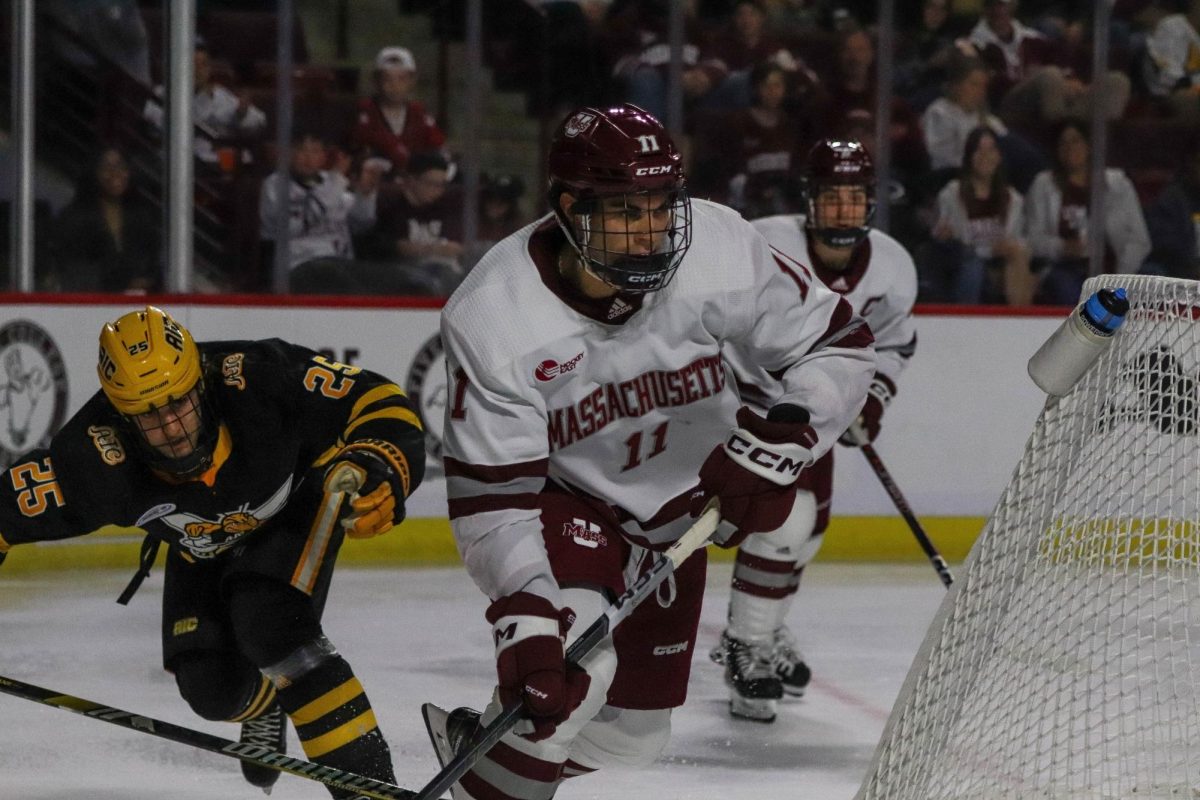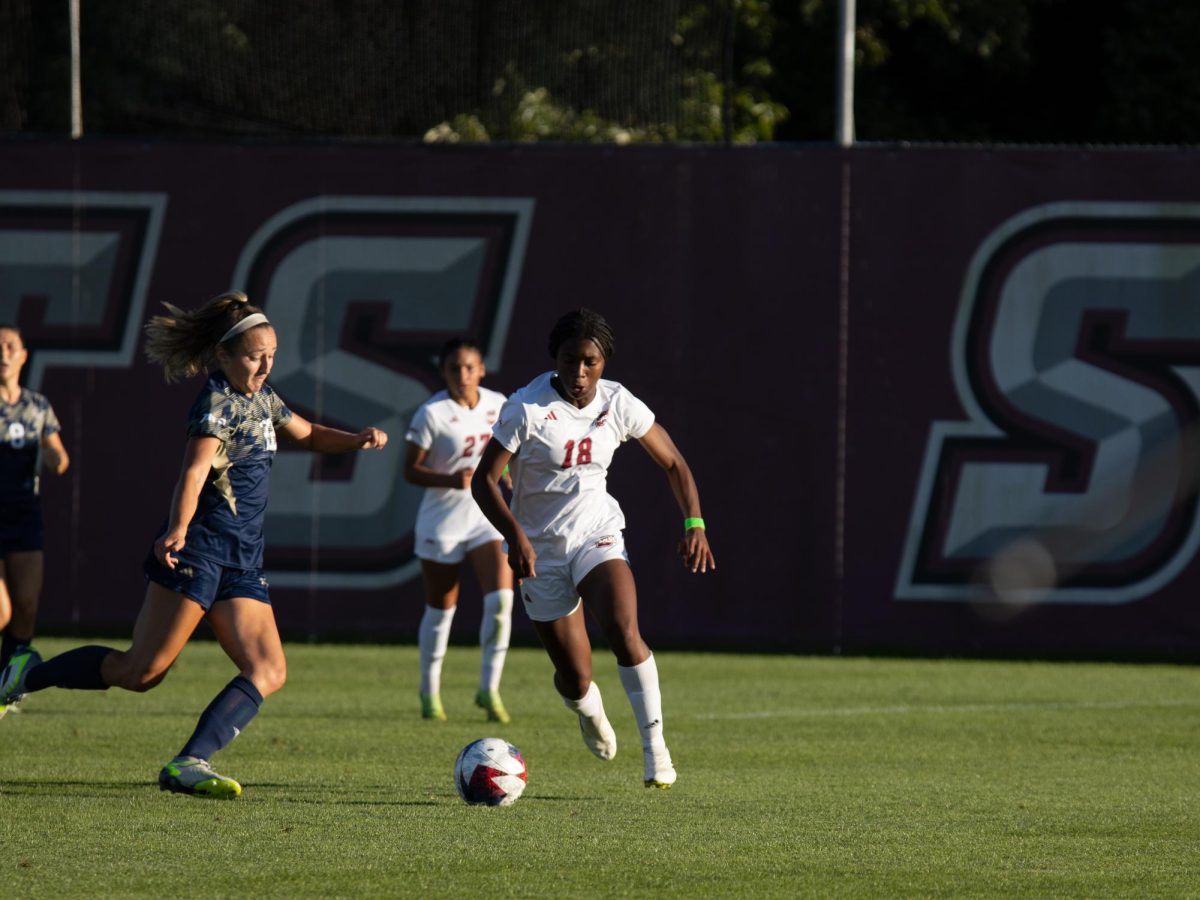When the Pennsylvania State University brought 40,000 undergraduate students back to campus last fall, I witnessed my hometown go through a COVID-19 outbreak similar to the one Amherst is struggling with now.
Not unlike the University of Massachusetts, Penn State decided to run hybrid classes. Within the first week, it became clear from a spike of 362 cases, reported by Penn State’s Coronavirus Dashboard, that students were not following COVID-19 guidelines.
Sound familiar?
I watched alongside my family and friends as videos surfaced of huge gatherings of unmasked students. Penn State reported hundreds of new cases per day and a rising positivity rate fed a growing fear in the surrounding State College community.
Sound familiar?
Amid rising cases, faculty shared concerns about the university’s inadequate and overwhelmed testing and contact tracing systems. Some professors believe Penn State dropped the ball on properly addressing the threat to student safety that a spike at the beginning of the semester posed, claiming that the university chose to save millions of dollars instead of doing comprehensive pre-arrival testing.
Once again, sound familiar?
I spoke with Penn State sophomore and nursing student Kelly Snyder about her concerns after making it through the fall semester and now entering the spring. Snyder spoke to experiences where she spent up to a week awaiting test results. She shared that some students took contact tracing matters into their own hands last fall, quarantining after getting notice of a friend’s positive result and reaching out to people they had been in contact with for fear that the contact tracing system would fail to reach them promptly.
A New York Times article that tracks COVID-19 outbreaks in metropolitan areas, reported in early September that State College, Pa. was the second-fastest-growing metropolitan coronavirus hot spot in the country. Further, many of the top spots on this list were college towns, including Indiana University, Ohio University and University of Florida.
In the fall, I was proud of UMass for the decisions they made. I felt that they prioritized the safety of their students. I even bragged a bit about the sound ethics of my university to my Penn State friends.
When UMass announced its spring operating plan, I felt it in the pit of my stomach: a sense of dread knowing that I would watch another one of my communities fall at the intersection of a financial crisis and a pandemic – and choose the finances. After just one week of having students on campus, UMass’s COVID-19 Dashboard had reported more than 300 new coronavirus cases, not unlike Penn State last fall. The situation begs the question: what did UMass anticipate happening? The detailed operational postures seemed arbitrary when the University moved to the highest posture in the first week. Even with lower numbers of new cases coming in the past days, the UMass and Amherst communities have been put at significant and irreversible risk. There is no foolproof way to send students home now, as the High posture suggested.
So, what was the thinking behind bringing students back, aside from the financial incentives?
I understand universities essentially function as businesses. I understand that a university needs finances to support its students. I don’t understand, however, how these universities can so blatantly leverage students’ grief over isolation during the pandemic to draw a student population and charge housing and full tuition.
A task force at Penn State recognized in July of 2020, months before bringing students back, that it was unlikely students would follow safety guidelines. They predicted a surge in cases, and they certainly got one. I honestly wonder, did UMass think things would be different?
I know the lengths to which Penn State prioritizes business over students, but some part of me thought UMass would act differently. That part of me is looking naive right now.
Tegan Oliver can be reached at [email protected].

